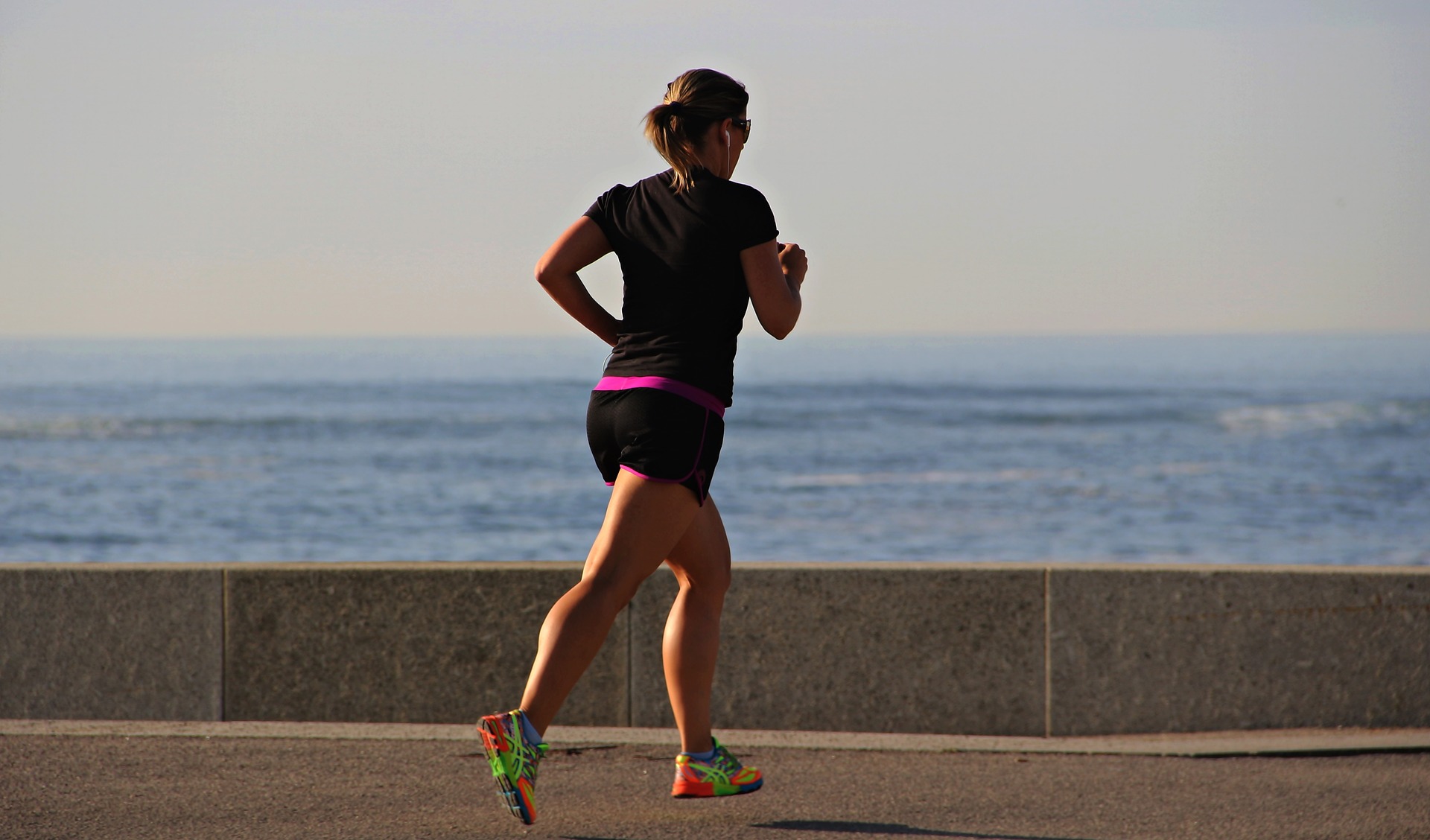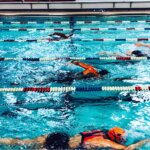When we race in hot conditions our body tries to keep the core temperature down, protecting itself from overheating. More blood is directed towards the skin and we sweat – which helps with the cooling process. Then the blood volume gradually reduces if we don’t replenish lost fluids, the same happens with salts in our body, they are washed out with the sweat.
In order to keep the same intensity the heart needs to pump blood at a higher rate (there is less blood available to be directed working muscles) so our heart rate goes up. This is when we slow down significantly or are even forced to walk because we are dehydrated and need to “reset”.
This is not a pretty picture, but staying hydrated is key to avoid the reset from happening during a race. Proper training for a hot race will also help.
Unless you’re one of the few lucky people who isn’t affected by the heat, or you already live in a hot climate so you do not need to acclimate your body, there are several things to consider when preparing to race in the heat:
- The longer the race the more impact the conditions will have on your body
- The hotter the weather the more your body will be affected
- The more humid the worse you will be affected
- The bigger/more muscular athlete you are the more likely you will be affected
- The more you sweat the more likely you may get into trouble
Before the Race
Here are some tips on how to prepare for your upcoming hot races:
- Be Fit – This may sound obvious, but the heat and humid conditions are tougher on your body that the cold races. Acclimate as much as you can at home. Train indoors on a treadmill wearing long sleeves or turning up the heat; or go to a sauna. Treat the sauna as a training session – start with 10 minutes and build up to 30 minutes – be sure to drink plenty of water!
- Know Your Nutrition – The heat amplifies tastes, so you need to train with the nutrition you are going to consume during the race so that your body is familiar with it and does not reject it during the race.
- Get Exposure to the Sun – Even if your body becomes comfortable with the heat and humidity it is very helpful to spend a week to ten days outside before the race. It helps to get over the burning sensation off your skin that you only get used to by training in the sun.
During the Race
Cooling down your body is key during a hot race. Here are a few tips to stay cool during your triathlon:
- Slow Down – If you’re shooting for a personal record you might find this advice difficult to follow, but slowing down on hot days can keep you from tiring or suffering from heat stroke.
- Cool Down – Drink the water; don’t dump it on your head. A great tip is to freeze the bottles you use on the bike the night before so it’s even more refreshing.
- Wear a hat – Protect your head and face from the sun. If ice is offered on the course, you can also put some under your hat to help keep you cool.
- Know When There is Trouble – Heat illness hits all types of athletes. Be alert for the signs which include:
- Cramps or muscle spasms that are stronger and last longer than usual cramps can be a sign to more severe heat illness.
- Heavy sweating, paleness, fainting, tiredness, dizziness, headache, weakness, nausea and vomiting are signs of heat exhaustion. Breathing will be past and shallow and pulse rate may be fast and weak. If left untreated, it can turn into heat stroke.
- Extreme high body temperature, rapid/strong pulse, dizziness, throbbing headache, confusion, nausea, unconsciousness are signs of heat stroke. Heat stroke is life threatening. Lack of sweating indicates trouble and means the body’s natural cooling system has stopped working and medical attention is urgently needed.
You don’t have to move to a hot climate to train to run in a hot climate race. If you use the tips above, you’ll be prepared and ready!
Need help training or want more tips? Contact me today so I can help you reach your triathlon goals!







